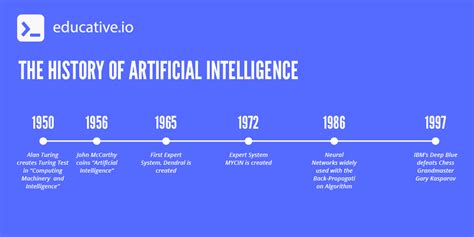The AI Revolution in Financial Regulation: Can Blockchain Reach Its Full Potential?
As the world of finance continues to evolve at a rapid pace, artificial intelligence (AI) is transforming various aspects of the industry. One area that has garnered significant attention is financial regulation. The integration of AI and blockchain technology could potentially revolutionize the way cryptocurrency regulations are crafted and enforced. In this article, we will explore how AI can help shape the future of financial regulation in the crypto space.
The Current State of Financial Regulation
Traditional financial regulation often relies on manual processes, which can lead to inefficiencies, errors, and delays. This is particularly true for large, complex transactions that require thorough analysis and validation. The speed and scalability required by modern cryptocurrencies require more efficient systems that can process large amounts of data in real time.
AI and Blockchain: A Perfect Match?
Blockchain technology provides a decentralized, transparent, and secure platform for financial transactions. AI algorithms can be leveraged to analyze large amounts of data from blockchain networks, identifying potential risks and opportunities before they become major issues. This allows for more informed decision-making and faster response times.
Benefits of AI-powered financial regulation:
- Increased efficiency: AI-powered systems can automate routine tasks, reducing the need for manual intervention and speeding up regulatory processes.
- Increased accuracy

: AI algorithms can analyze large amounts of data, identifying patterns and anomalies that may not be apparent to human regulators.
- Increased security: Blockchain technology itself provides a secure platform, making it harder for hackers to exploit weaknesses in the system.
- Better risk management
: AI can help identify potential risks and opportunities, allowing regulators to make more informed decisions.
AI-powered regulatory approaches:
- Predictive analytics: AI-powered predictive analytics can predict market trends and identify potential areas of concern before they become major issues.
- Automated compliance: AI algorithms can analyze regulatory requirements and generate compliance reports automatically, reducing the burden on human regulators.
- Real-time risk monitoring: AI can continuously monitor blockchain networks for potential risks, providing real-time alerts to regulators and facilitating quick response times.
Future Challenges:
While AI-powered financial regulation offers enormous potential, there are also challenges that need to be addressed:
- Regulatory Frameworks: Establishing clear regulatory frameworks that enable the effective integration of AI technology is essential.
- Data Security: Ensuring the security and integrity of sensitive data generated by blockchain networks will require robust safeguards against cyber threats.
- Transparency: Maintaining transparency in the use of AI-powered systems is crucial, as regulators must ensure that their decisions are based on accurate and reliable information.
Conclusion:
The integration of AI technology into financial regulation in the crypto space holds great promise for improving efficiency, accuracy, security, and risk management. As regulatory frameworks evolve to accommodate these changes, we can expect to see more sophisticated systems emerge that balance innovation with caution. The future of financial regulation in cryptocurrencies will be determined by a combination of human expertise and AI-powered solutions, ensuring that the sector remains safe, transparent and responsive to changing market conditions.
Recommendations:
1.
Leave a Reply